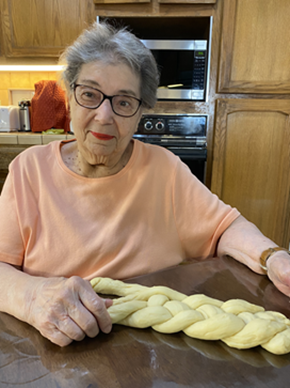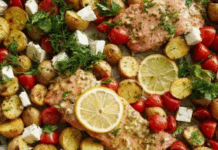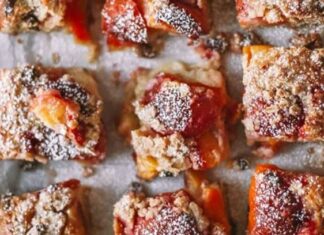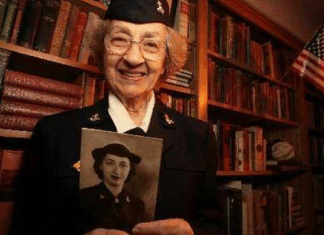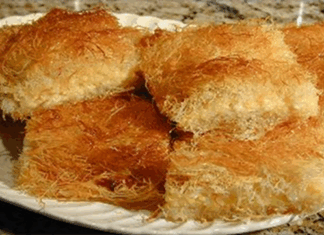This story originally appeared in Fresno’s St. Paul Armenian Church Dajar newsletter, July/August 2021. It is contributed by Tracy Beberian, and has been edited for this publication. Photos and recipe are courtesy of Diane and Tami Boyajian.
FRESNO — Serving St. Paul Armenian Church was something Diane Boyajian learned at a young age. One of her fondest memories of her talented mother, Helen Shehrian, took place around 1943 at the church which was then located at Santa Clara and L. Streets. There were no crosses on the altar curtains, so her mother obtained permission one day, got on a ladder, took her needle and thread, and sewed crosses on each one as little Diane watched on.
Growing up, Sunday school, ACYO, and parish dinners were part of Diane’s early childhood. Her mother would often be the first to volunteer with church events and activities with her young children in tow.
In 1949, Diane became a charter member of the first Junior ACYO at St. Paul Church, and held various positions including president. When she was 15, she met a handsome young man named York Boyajian, who was a member of the Senior ACYO. York and Diane became close friends, and later when he offered Diane the keys to drive his beloved red convertible Chevy, everyone knew it was serious. The couple was married in 1957 at St. Paul Church, and their marriage was blessed with three children, Tamara, David, and Karen.
As Diane settled into life with her husband and young children on their farm, supporting her church remained important to her. In 1967, she joined the Junior Ladies Society, and was elected as vice president within one year. One of her early efforts was chairing the annual Mother’s Day Luncheon, a signature event of the Ladies Society. “We invited the mothers, in-laws, and grandmothers to enjoy a homemade Armenian meal together,” Diane says. She and her committee planned the menu, purchased the food, decorated the hall, cooked the meal, and served over 200 guests. “It was an incredible experience to see so many people come together to honor and celebrate the cherished mothers and grandmothers at our church.”
Diane later became involved with the Raisin Wives of California, where she served as president for four terms. “The organization worked to promote Fresno raisins locally and globally while providing scholarships to agricultural students at Reedley College and Fresno State, and running a country store each fall,” she adds.



